|
Late last year, I visited the Domschatz of Fritzlar. This is a small museum with several embroidered medieval textiles on display, which you can photograph as long as you don't use flash. The textiles are extremely well-lit and very close to the display case's glass. This means that you can examine them very well! The small town of Fritzlar itself is well worth a visit as it has these quintessential charming German medieval townhouses. Today, we will examine one of the embroidered chasubles on display. It was made in the late 15th century in Central Germany. Depending on the defenition, this can comprise parts of Hesse, parts of Franconia, the south of Lower Saxony, Saxony, Thuringia and Saxony-Anhalt. As Fritzlar falls within this area, this is thus more or less a local production. Our poor chasuble unfortunately sits right behind the seam of two glass sheets ... The chasuble's iconography is an all-female affair (bar Baby Jesus). The central depiction shows Mary with baby Jesus standing on the moon crescent with rays of light behind them. To Mary's left, the bust of Catherine of Alexandria with sword and wheel. To the right, Saint Barbara with a chalice. Above, on the clouds (i.e. in heaven) sits the bust of Saint Ursula with an arrow. Below this central orphrey, there are two more orphreys with two female saints each. The top one shows Dorothea of Caesarea with a basket and Margaret the Virgin with her pet dragon. Below that is a cut orphrey with Saint Apollonia (thongs) and Mary Magdalene (ointment pot). All the women wear crowns and have a nimbus to identify them as saintly virgins. This concept of the Virgo inter Virgines (the virgin amongst the virgins) originates in Cologne and surrounding Westphalia, Germany. It is seen in various art forms between 1400 and 1530. Although it was popular with a wide range of audiences, it was specifically aimed at religious women in convents. We will examine other examples in next week's blog post. The chasuble has also a corresponding embroidered column on the front. Unfortunately, I have not yet been able to see it. Although the embroidery looks a lot cruder than the refined or nue pieces from the Low Countries, it is actually quite high-quality. Many different techniques are being used for both the goldwork and the silk embroidery. For instance, the curley hair of Baby Jesus is made by overtwisting silk and couching it down. The silk embroidery in the faces is mostly vertical shaded brick stitching for the flesh with finely added detailed stitching for the facial features. These are not 'an official type of stitch'. The embroiderer painted with needle and thread to add the eyes, nose and mouth. The folds in the garments have been padded with string padding. The gold threads have been couched over these. Thick silken stitches accentuate these folds further. The rays of light behind Mary have also been padded heavily. But that's not all! Above, you see a detail of Saint Barbara with her tower. If you look closely, just to the left of her nimbus, you can see the string padding that's underneath the diaper pattern of the background. The double chevron pattern is created by couching over horizontally laid string padding. And we see something else that seems to be characteristic of some German embroideries: a thick textile thread wrapped in a thin metal thread. This metal thread is thinner than that used for the rest of the goldwork embroidery. Two of these 'gold gimp' threads are then twisted together and couched down along the edge of the neck opening of the garment and along the edge of the nimbus. I am wondering how they made this thread. Did they put some kind of glue on the thick textile core before they wrapped it tightly with the thin metal thread? I am also thinking that this metal thread is a membrane gold rather than a passing thread. It must be rather 'soft' to accept such tight and uniform coiling around the textile core. I have the suspicion that a passing thread would be too stiff or would show marked bends. Any thoughts? Literature
Weed, S.E., 2002. The Virgo inter virgines: Art and the devotion to virgin saints in the Low Countries and Germany, 1400--1530. Dissertation University of Pennsylvania.
6 Comments
Monica
5/2/2024 17:30:52
I wonder if the gold may have been slightly heated before it was wound, so as to be a bit more flexible and, when cooling, tightening slightly around the thread. Thin gold sheat would perhaps not require more than a lamp or candle?
Reply
5/2/2024 17:35:22
It is not a strip of metal foil, but a whole metal thread with core wrapped around a thick textile thread.
Reply
6/2/2024 22:02:26
That's what's known as membrane gold, Rachel. And that is probably indeed the kind of thread that is wrapped around this thicker textile core.
Reply
Your comment will be posted after it is approved.
Leave a Reply. |
Want to keep up with my embroidery adventures? Sign up for my weekly Newsletter to get notified of new blogs, courses and workshops!
Liked my blog? Please consider making a donation or becoming a Patron so that I can keep up the good work and my blog ad-free!
Categories
All
Archives
July 2024
|
Contact: info(at)jessicagrimm.com
Copyright Dr Jessica M. Grimm - Mandlweg 3, 82488 Ettal, Deutschland - +49(0)8822 2782219 (Monday, Tuesday, Friday & Saturday 9.00-17.00 CET)
Impressum - Legal Notice - Datenschutzerklärung - Privacy Policy - Webshop ABG - Widerrufsrecht - Disclaimer
Copyright Dr Jessica M. Grimm - Mandlweg 3, 82488 Ettal, Deutschland - +49(0)8822 2782219 (Monday, Tuesday, Friday & Saturday 9.00-17.00 CET)
Impressum - Legal Notice - Datenschutzerklärung - Privacy Policy - Webshop ABG - Widerrufsrecht - Disclaimer
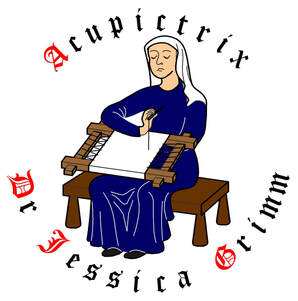
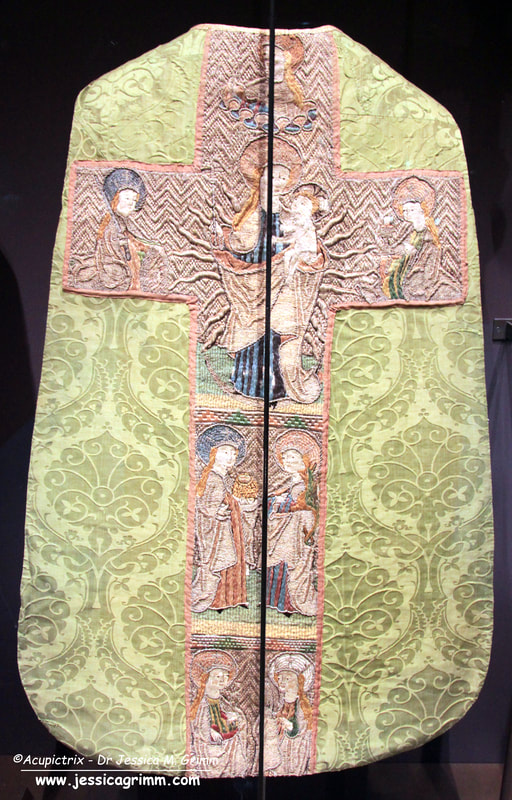
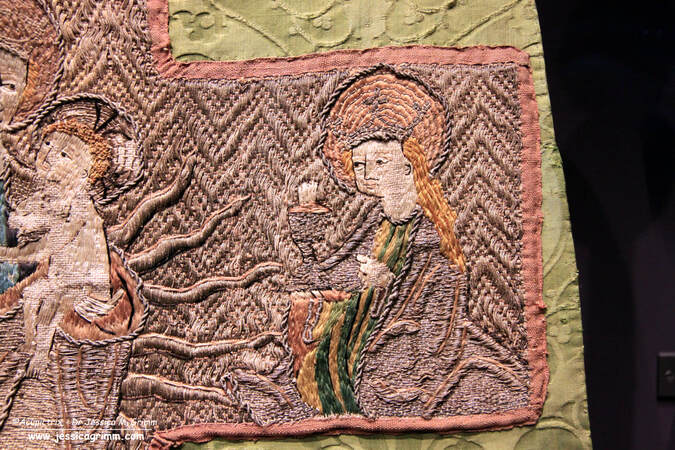
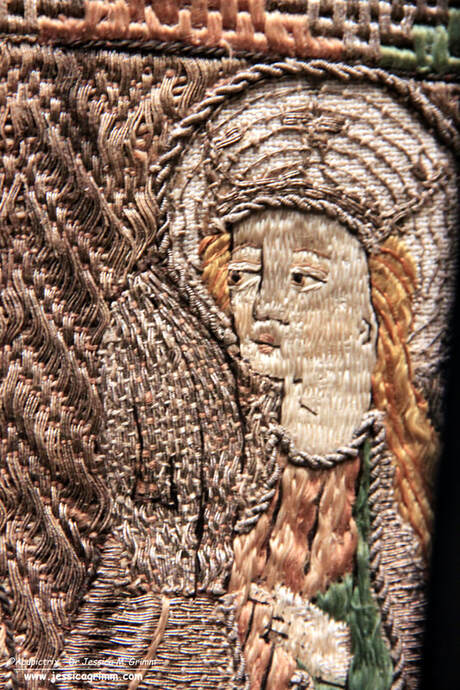



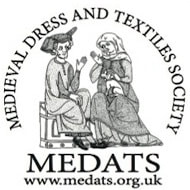

 RSS Feed
RSS Feed